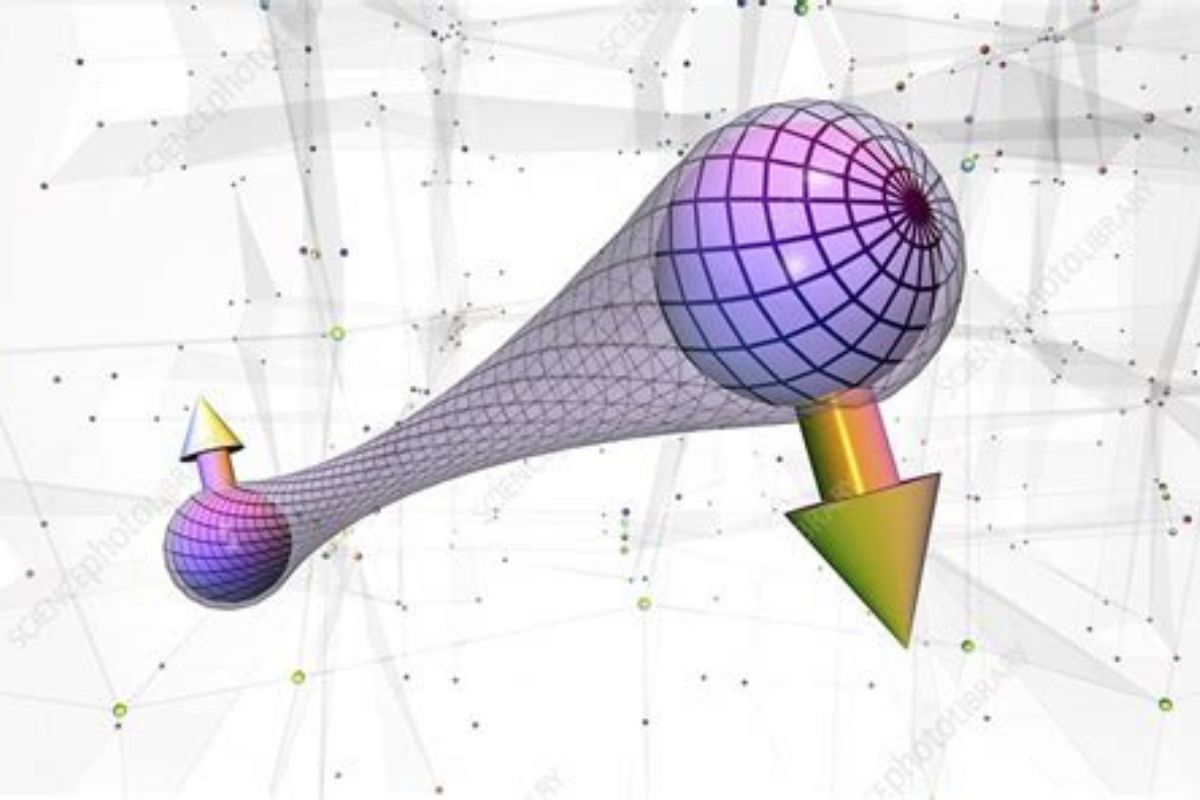Observation of quantum entanglement in top quark pairs

Members of the ATLAS scientific group from the Institute of Experimental Physics SAS significantly participated in the research of the effect of quantum entanglement of a pair of top quarks in proton-proton collisions of the ATLAS experiment, LHC CERN*, successively recorded between 2015 and 2018 at an energy of 13 TeV. This is the first observation of quantum coupling between a pair of top and antitop quarks at ultrarelativistic energies.
In order to study this phenomenon, a selected decay channel was chosen so that it contained two charged leptons, elementary particles that do not have the ability to interact via strong interaction.
This measurement offers new possibilities for using the LHC accelerator to study quantum information and other problems of quantum mechanics. The uniqueness and importance of this measurement is also supported by the fact that the ATLAS collaboration decided to publish this discovery in the Nature, where the collaboration has published only one article so far.
The standard model of elementary particles consists of six quarks that are capable of the strong (nuclear) interaction. In proton-proton collisions, top quarks are produced predominantly in pairs with an antitop quark. The top quark is extremely heavy and unstable and decays before it can form bound states with other quarks. The properties of the top quark can therefore only be studied through decay products that preserve its properties.
A pair of particles is quantum entangled if the quantum state of one particle cannot be described independently of the quantum state of the other particle. Although the phenomenon of quantum entanglement is known and has been measured at small non-relativistic energies, the problem is highly topical. The 2022 Nobel Prize was awarded precisely for this area of research. In case of the observation of the given effect by IEP SAS scientists, it means a unique result – for the first time the phenomenon was confirmed in a strong interaction.
*ATLAS is one of two general purpose detectors at the Large Hadron Collider, LHC. It investigates a wide range of physical phenomena, from the Higgs boson to other dimensions and particles that could form dark matter.
Original text HERE
 Contact
Contact Intranet
Intranet SK
SK






